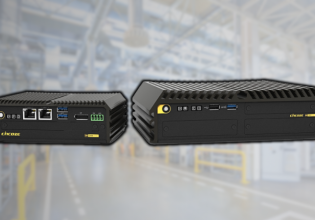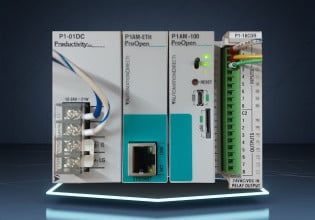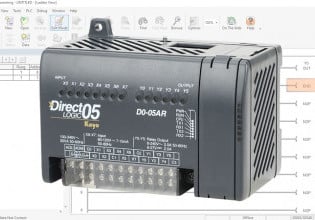S
Recently we faced a tripping due to operation of cable differential relay (Alstom PQ741). This is an end to end protection for a 220KV XLPE underground cable which runs from a generator step up power transformer to GIS.
Post the tripping, Cable IR was checked & found well within limits. all protection related CTs checked & found ok. PQ741 relay at both ends checked with secondary injection. only differential threshold was checked as end to end checking was not possible. BDV for oil filled cable boxes checked & found ok. After ensuring all above checks, cable energized & loaded up to maximum, and it is still operational after 3 weeks.
What could be the reason for this tripping? Was it actual due to some momentary fault or was it due to possible malfunctioning of relay(s)?
What further checks should be made? Please advise & share your thoughts/experience.
Please note that this cable is in service since more than a decade & we faced this issue very first time.
Post the tripping, Cable IR was checked & found well within limits. all protection related CTs checked & found ok. PQ741 relay at both ends checked with secondary injection. only differential threshold was checked as end to end checking was not possible. BDV for oil filled cable boxes checked & found ok. After ensuring all above checks, cable energized & loaded up to maximum, and it is still operational after 3 weeks.
What could be the reason for this tripping? Was it actual due to some momentary fault or was it due to possible malfunctioning of relay(s)?
What further checks should be made? Please advise & share your thoughts/experience.
Please note that this cable is in service since more than a decade & we faced this issue very first time.






